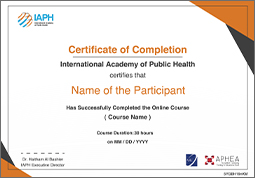Blinding Diseases
Description
Blindness can occur as a result of a number of infectious, non-communicable diseases, and injuries. The main infectious causes include trachoma and onchocerciasis and the main NCD causes are cataract and glaucoma. Trachoma alone accounts for 15% of the world’s blindness. Depending on the cause, up to 80% of blindness and serious visual loss could be prevented or treated. Face washing, general hygiene, preventive chemotherapy, early diagnosis, and treatment are commonly used interventions.
Learning Outcomes
- List infectious diseases leading to blindness
- List the main clinical features of each disease
- Identify the disease specific agent, reservoir and susceptible human host
- Describe the transmission dynamics of each disease
- Describe the life cycle of the disease
- Estimate the disease burden and analyze its determinants
- List the recommended control methods and assess the possibility of elimination or eradication
- Trachoma
- Onchocerciasis
- Vision 2020 initiative: The right to sight

Duration:
18 Learning Hours
Accredited By:


Certificate

Are you interested in the course?
Get notified once the course is open by clicking on
Blinding Diseases
Thank you for registering your interest! We appreciate your enthusiasm for this course. As soon as it becomes available, we will reach out to you with all the details. Stay tuned!